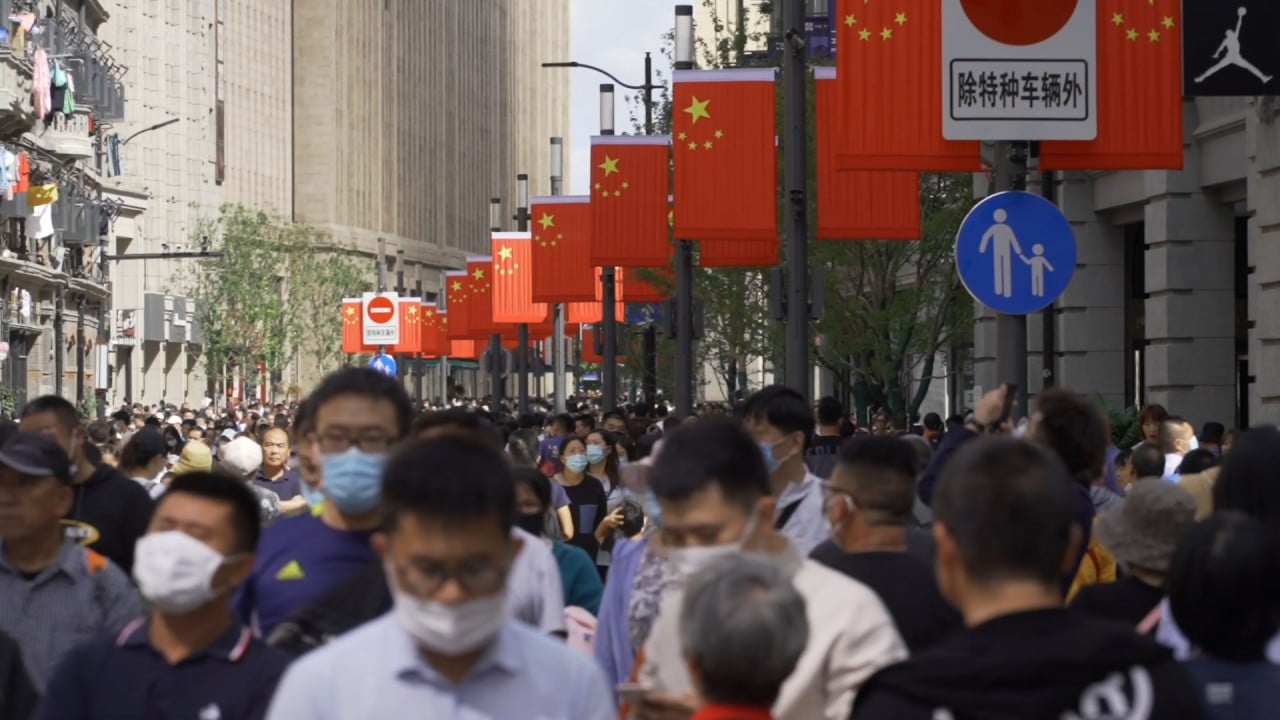Advertisement
Opinion | Should the world fear a post-pandemic debt crisis?
- The short-term economic outlook remains worrying worldwide, particularly for small and medium-sized companies fighting to survive. But a large-scale debt crisis may not be nearly as likely as many fear
Reading Time:3 minutes
Why you can trust SCMP

As countries, companies, and households confront the Covid-19 pandemic’s economic fallout, many market watchers are sounding the alarm about rapidly rising leverage worldwide. And for good reason: in an acceleration of a years-long trend, the debt-to-GDP ratio among these three sets of borrowers is set to swell by 14 per cent this year, to a record 265 per cent.
Advertisement
But while this has raised the risk of insolvencies and defaults, particularly among corporations, a near-term debt crisis looks unlikely.
Given the higher leverage and a challenging operating environment, S&P has downgraded the credit ratings of roughly one-fifth of corporate and sovereign debt issuers globally, especially speculative-grade borrowers and those suffering the most from Covid-19’s economic effects.
For corporate borrowers, insolvency risks are likely to increase if cash flows and earnings do not return to pre-pandemic trend levels before extraordinary fiscal stimulus is withdrawn.
The world is likely to experience a gradual, albeit choppy, economic recovery, assuming that accommodative financing conditions are maintained, in a lower-for-longer environment, and adjustments to spending and borrowing behaviour are made.

01:47
China GDP: economy grew by 4.9 per cent in third quarter of 2020
China GDP: economy grew by 4.9 per cent in third quarter of 2020
Add to that a widely available vaccine by mid-2021, and global leverage should flatten out around 2023, with governments scaling back stimulus, firms slowly repairing their balance sheets, and households spending more conservatively.

Advertisement

